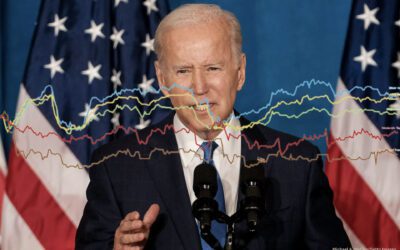This report makes recommendations based on three distinct research projects executed by Democracy Corps for WVWVAF over the last month, including a national survey of 950 likely voters, focus groups with white working class voters in Tidewater, Virginia, and dial testing and on-line focus groups conducted during the 2015 State of the Union Address.
This multi-pronged wave of research makes very clear that the Democratic presidential majority is back.
The Obama coalition arrived intact and Hillary Clinton begins this election cycle with a 6 point lead over Romney – who had not yet withdrawn and was the GOP’s strongest candidate – and 12 points over Bush.
However, that presidential majority is not deep or broad enough to break the Republican hold on Congress and key states.
It is not producing wave elections. There are three inter-related reasons for the shortfall:
- Some parts of the RAE could be giving Democrats bigger margins and turning out in bigger numbers, including unmarried women;
- Democratic presidential candidates (including Clinton) are only getting about a third of white working class voters;
- Those who are living with the restructured, new economy are struggling and turned off by elite (and presidential) talk about the great macro economy.
The goal of progressives now is to get more support and engagement from the RAE, including white unmarried women and Millennials, and to broaden support with struggling white working class voters, both men and women: RAE+.
- Understand and identify with the economic challenges that a majority of people are experiencing – even as the elites and perhaps Democratic leaders celebrate the macro economy.
- Target both parts of the Rising American Electorate, especially unmarried women but perhaps also millennials, and parts of the swing electorate, including white working class voters. We know from this research they share a lot.
- The economic agenda must be led by government reform. Target groups are disgusted with politics and government because of the role of big money, perceptions of waste and special interest spending. A reform agenda opens up these targets.
- Champion a middle class economic narrative that seeks rising incomes for all and opportunities for all that make the effort. That narrative is 20 points stronger than the conservative, small government narrative.
- Champion a middle class economic agenda that starts with protecting Social Security and Medicare, reforming government, long term infrastructure investment that creates jobs, help for working mothers, equal pay for women, and making college affordable
- Recognize that white unmarried women and non-college women and men share common feelings about what is happening and what needs to change. They want to protect the existing social safety net of Social Security and Medicare, reform government and help working families.
- Recognize that specific references to helping “working women” or gender-directed issues such as pay equity do not alienate white working class men.




